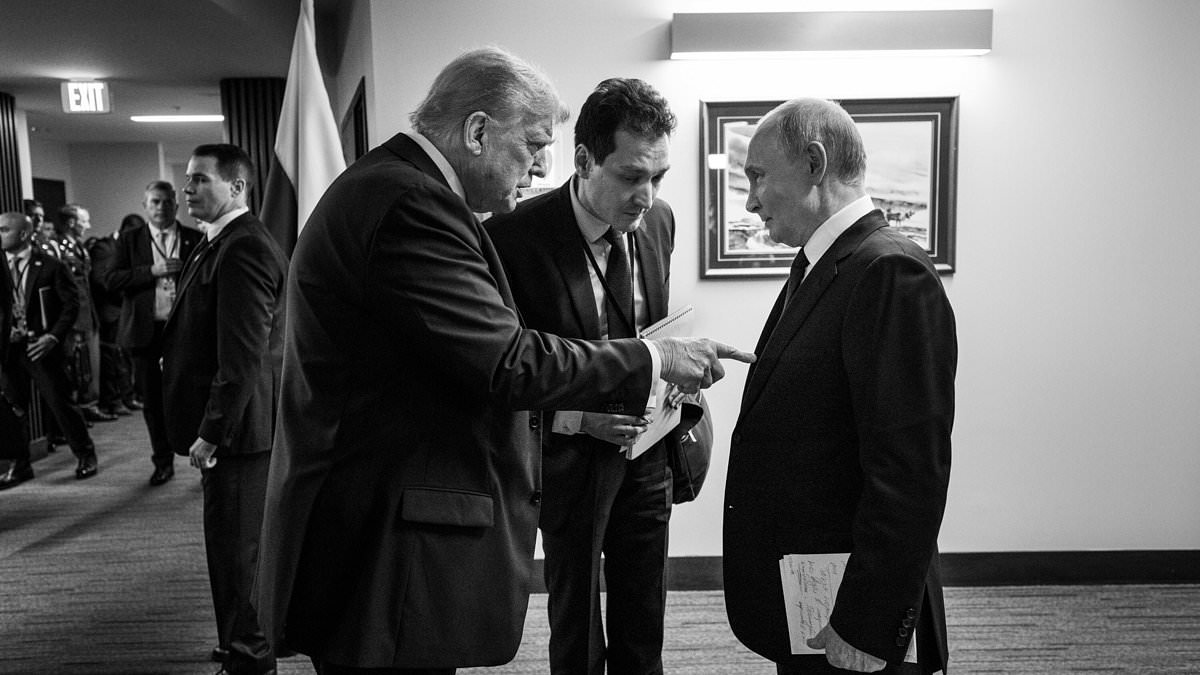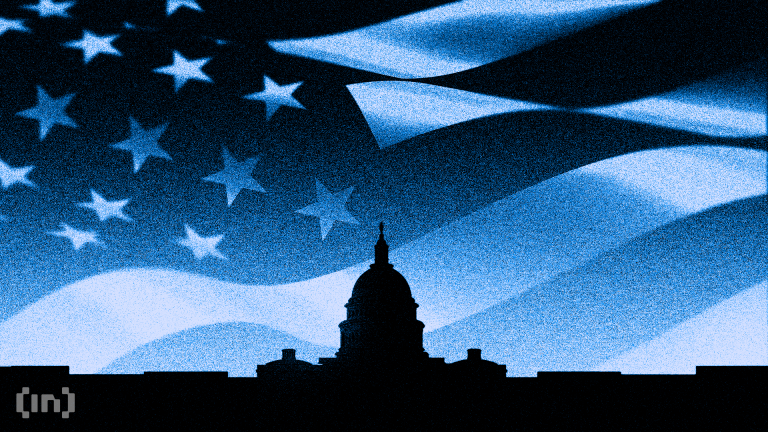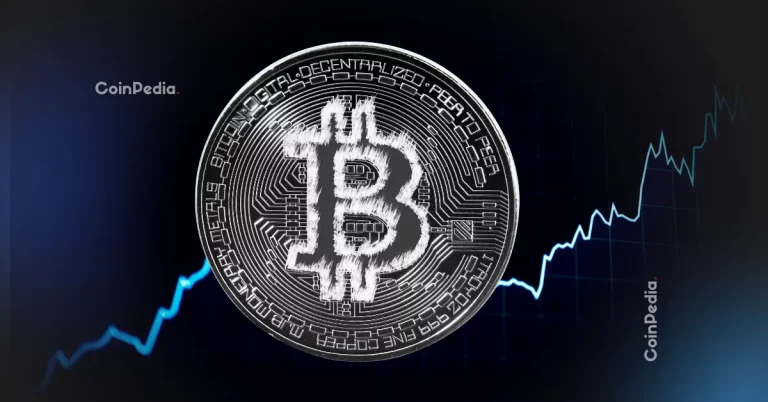
In a revealing update from the ongoing conflict between Russia and Ukraine, fresh intelligence suggests Moscow’s forces are deploying propaganda-driven tactics on the battlefield to influence global diplomacy. These strategies are aiming to distort territorial realities before critical talks involving Ukrainian President Volodymyr Zelensky, former U.S. President Donald Trump, and European leaders at the White House.
Russia’s “Suicidal Flag Missions” Exposed
Ukraine’s military intelligence service, GUR, has disclosed that Russian forces are staging theatrical operations with the sole aim of creating an illusion of strategic gains. Dubbed “suicidal flag missions,” Russian troops are instructed to plant flags in contested villages, supported by misleading drone footage purporting to show victorious advances. These staged videos are then amplified on Kremlin broadcasts to shape perceptions of the battlefield in Moscow’s favor.
However, this facade comes at a devastating cost. Many soldiers involved in these missions are either killed or captured by the Ukrainian defense forces. In the village of Iskra, for instance, two Russian operatives were reportedly captured alive, one admitting to their orders of posing with flags for a propaganda-driven photo opportunity.
Zelensky’s Defiance Amid Peace Deal Pressures
As tensions escalate, Zelensky remains steadfast in rejecting any proposition that involves ceding Ukrainian territory to Russia. Speaking at a press conference, the Ukrainian leader reiterated that surrendering land for peace would be “impossible.” Zelensky’s position comes as Moscow persistently pushes narratives of Ukrainian frontlines collapsing, a claim he recently contested in direct communication with Donald Trump.
European leaders, including French President Emmanuel Macron and U.K. Prime Minister Keir Starmer, are rallying in support of Zelensky. These leaders are set to join him at the upcoming White House meeting, where the Ukrainian President is expected to confront proposals that may pressure Kyiv into territorial concessions in exchange for NATO-like security guarantees for remaining regions.
Battlefield Realities in Donetsk
The propaganda narrative aside, the situation on the ground in Donetsk is marked by continued clashes as Russia seeks to advance its position ahead of political negotiations. Recent reports indicate that areas such as Pokrovsk have been partially encircled by Russian forces, while other settlements like Yablunivka and Oleksandrohrad have reportedly fallen under Moscow’s control.
Commenting on these developments, Zelensky downplayed Russia’s territorial claims, emphasizing Ukrainian counteroffensive strategies. “The Russian army continues to suffer significant losses,” he stated, while reassuring allies that Ukraine is actively countering encroachments and increasing pressure on occupying forces.
Broader Implications of the Alaska Summit
Last week’s summit in Alaska, involving Trump and Russian President Vladimir Putin, has fueled speculation about a potential peace deal that may require Ukraine to surrender parts of the eastern Donbas region. Observers argue that such a deal could ensure Western security guarantees for Ukraine but would risk legitimizing Russia’s illegal annexation of territories, including Crimea and parts of Donetsk, Zaporizhia, and Kherson.
While Trump claims progress has been made toward a “peace agreement” with Putin, Ukrainian officials remain wary. “Stopping the killing is a key element of stopping the war,” Zelensky said, signaling a commitment to broader peace efforts while continuing to resist territorial compromises.
The Role of International Diplomacy
As discussions at the White House loom, the involvement of European leaders highlights the importance of multilateral diplomacy in resolving the crisis. Leaders from nations such as Italy, Germany, France, and NATO are unified in backing Ukraine’s resistance against Russia’s aggressive actions while exploring avenues for enduring peace.
The forthcoming talks in the Oval Office represent a critical juncture in the war’s trajectory, with outcomes likely to influence the geopolitical landscape for years to come. For now, Ukraine’s defiance and the sacrifices made by its forces on the battlefield stand as a beacon of resilience in the face of aggression.



